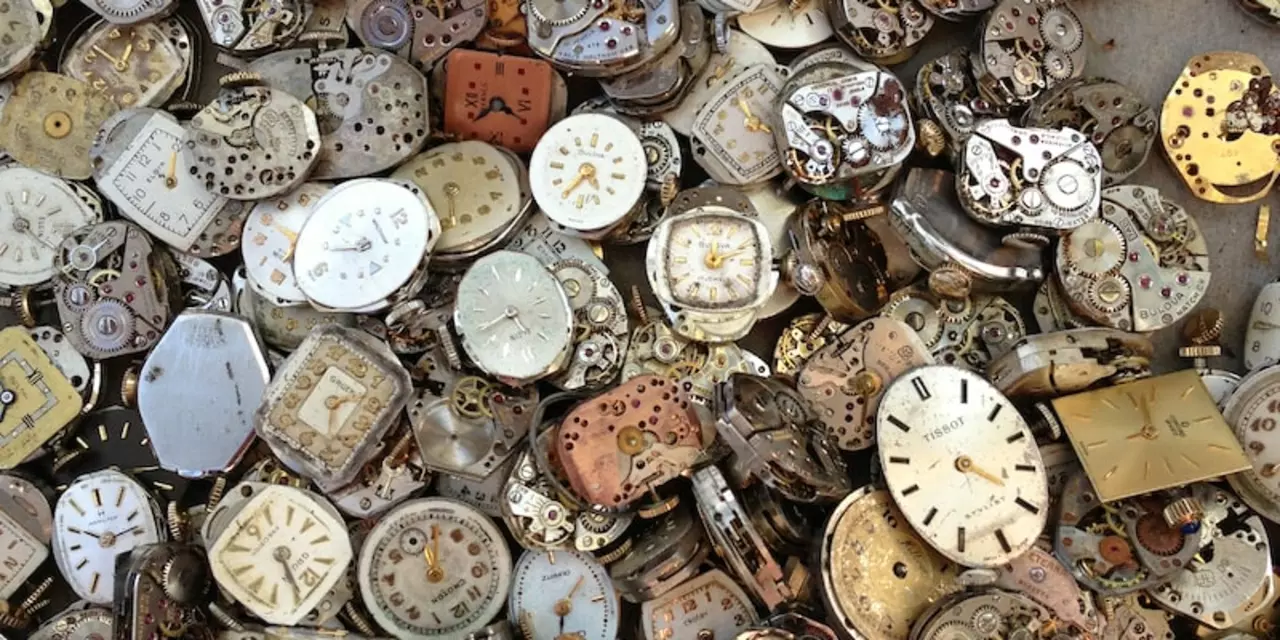Hockey Rules You Need to Know – Quick Guide
If you’re new to the rink or just want a refresher, this guide breaks down the most useful hockey rules in plain English. No jargon, no fluff – just the points that matter when you step onto the ice or watch a game on TV.
Basic Game Rules
The game starts with a face‑off at center ice. Two players line up, the referee drops the puck, and everyone scrambles for possession. Each team has six players on the ice – three forwards, two defensemen, and a goalie. The objective? Put the puck in the opponent’s net more times than they do yours.
Periods are three minutes long in most amateur leagues and twenty minutes in professional play. The clock stops for penalties, goals, and when the puck leaves the play area. If the score is tied after regulation, many leagues go to an overtime period or a shootout, depending on the competition rules.
Common Penalties and How They're Applied
Penalties keep the game fair and safe. A minor penalty lasts two minutes, a major penalty five minutes, and a misconduct can be ten minutes. The most common infractions include:
- Tripping: Using your stick or body to make an opponent fall.
- Hooking: Pulling an opponent with the blade of your stick.
- High‑sticking: Raising your stick above shoulder height and making contact.
- Delay of game: Shooting the puck over the glass or intentionally stopping play.
One of the most talked‑about rules is the “stick check.” A defender uses their stick to knock the puck away from an attacker. It’s legal as long as you don’t swing dangerously or hit the opponent’s hands. A missed or illegal stick check can lead to a two‑minute minor or even a penalty shot if it prevents a clear scoring chance.
Fighting is another hot topic. In the NHL, fights result in a five‑minute major penalty for each fighter, but the game continues after the bout. Some leagues ban fighting altogether, so always check your local rulebook before stepping onto the ice.
Off‑side and icing are also key. Off‑side means an attacking player enters the opponent’s zone before the puck does. Icing occurs when you shoot the puck from behind the center line across the opponent’s goal line without it being touched. Both stop play and lead to a face‑off in the offending team’s zone.
Understanding these basics helps you enjoy the sport more. You’ll know why a referee whistles, what the players are doing after a stoppage, and how penalties shape the flow of the game.
Whether you’re picking up a stick for the first time, coaching a youth team, or just cheering from the stands, keeping these rules in mind makes every shift more exciting. Want more deep dives on specific topics like “how to execute a clean stick check” or “the history behind fighting rules”? Check out our other posts on the Grantham Hockey Central site – they’re written in the same simple style and packed with practical tips.
Now you’ve got the essentials. Next time you hear a whistle, you’ll know exactly why it happened and what’s at stake. Play smart, play safe, and enjoy the game!

Can you call a time out in hockey?
Hockey is a fast-paced game, and sometimes players and coaches need time to regroup, discuss strategy, or take a break during a game. Fortunately, hockey teams can call a time out to do just that. During a time out, play is stopped, and teams can huddle up or discuss strategy with coaches. Time outs are limited to one or two per team, depending on the league, and usually only last one or two minutes. Time outs are an important part of hockey, as they give teams a chance to recover and regroup for the remainder of the game.
Read More